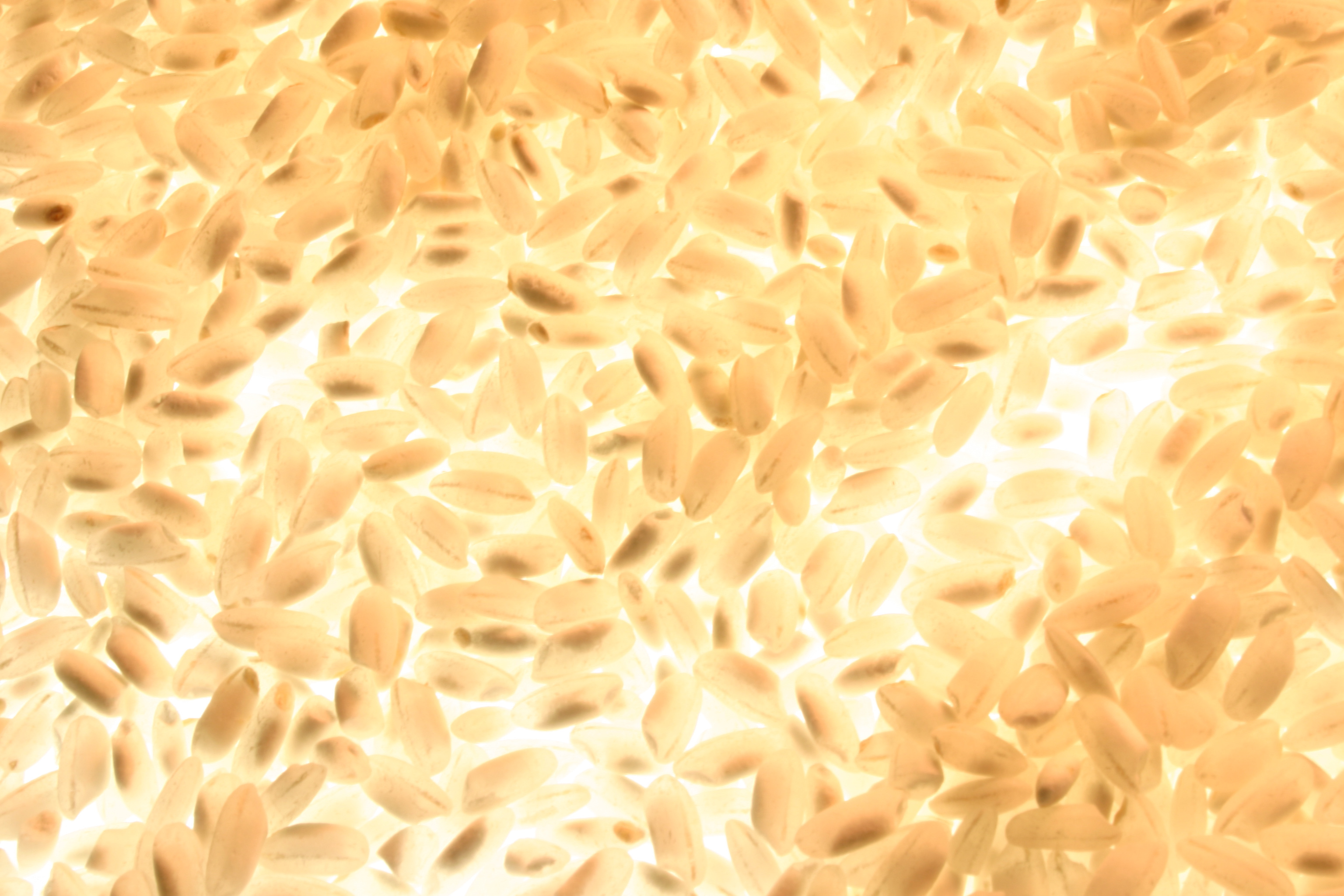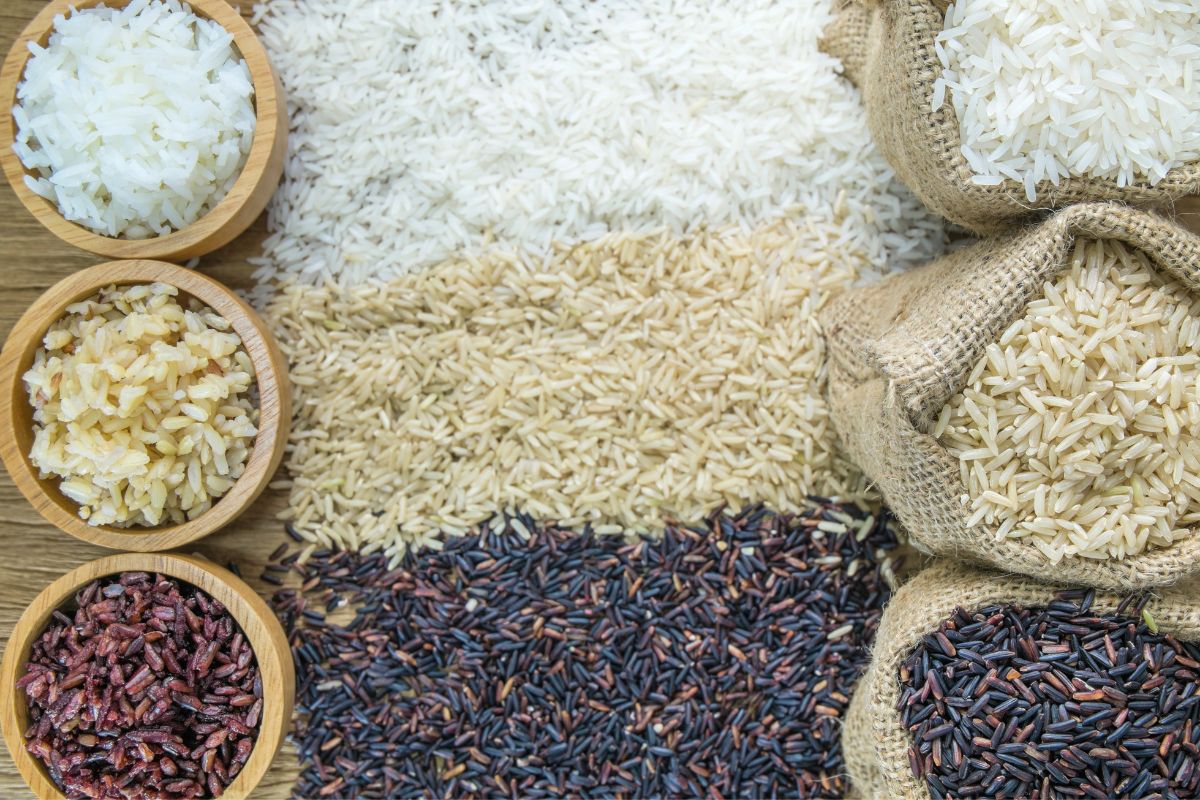3 Fb Pages To Comply with About What Is Rice
페이지 정보
작성자 Josephine 작성일 25-09-24 17:04 조회 3 댓글 0본문
 How important is rice as a source of food for humans? Rice is usually dried in the roads as a result of useful farmland can't be used for solar drying. Most rice paddies and terraces are irrigated with water that originates above the place the rice is grown. Hulling of the paddy is often completed by pestle and mortar labored by hand, foot, or water power. The paddy stem is submerged in two to six inches of water and the seedlings positioned in rows roughly a foot apart. Paddy (a Malay word which means "unmilled rice") is a small plot of land with a dike and a few inches of water in it. In Asia the paddy is cultivated in three primary sorts of soil, including clays with a agency backside inside a number of inches of the surface; silts and gentle clays with tender bottoms turning into laborious on drying; and peats and "mucks" containing peat, provided the depth of the peat isn't excessive.
How important is rice as a source of food for humans? Rice is usually dried in the roads as a result of useful farmland can't be used for solar drying. Most rice paddies and terraces are irrigated with water that originates above the place the rice is grown. Hulling of the paddy is often completed by pestle and mortar labored by hand, foot, or water power. The paddy stem is submerged in two to six inches of water and the seedlings positioned in rows roughly a foot apart. Paddy (a Malay word which means "unmilled rice") is a small plot of land with a dike and a few inches of water in it. In Asia the paddy is cultivated in three primary sorts of soil, including clays with a agency backside inside a number of inches of the surface; silts and gentle clays with tender bottoms turning into laborious on drying; and peats and "mucks" containing peat, provided the depth of the peat isn't excessive.
 It's eaten alone and in an awesome variety of soups, aspect dishes, and essential dishes in Asian, Middle Eastern, and many other cuisines. Chinese, Koreans and Japanese prefer their rice on the sticky facet. Rice grows nearly anywhere the place sufficient water will be supplied: the flooded plains of Bangladesh, the terraced countryside of northern Japan, the Himalayan foothills of Nepal and even the deserts of Egypt and Australia so long as irrigation is available. Rice is also a water thirsty crop, requiring plenty of rain or irrigation water The wet rice grown in most Asia, wants sizzling weather after a period of rain, circumstances provided by the monsoons that affected most of the places where rice is grown. Rice arrived in Egypt in the 4th century B.C. Africans cultivated one other species of rice round 1500 B.C. People in the Amazon ate a species grown there around 2000 B.C. Rice is believed to have first been being cultivated in there round 3,500 B.C. When white rice types a significant portion of the weight-reduction plan, there's a risk of beriberi, a illness ensuing from a deficiency of thiamine and minerals. Today the most important menace to the world rice crops is the leaf blight, a illness which wipes out as much as half the rice crop in some parts of Africa and Asia, and annually destroys between 5 and 10 p.c of the world's total rice harvest.
It's eaten alone and in an awesome variety of soups, aspect dishes, and essential dishes in Asian, Middle Eastern, and many other cuisines. Chinese, Koreans and Japanese prefer their rice on the sticky facet. Rice grows nearly anywhere the place sufficient water will be supplied: the flooded plains of Bangladesh, the terraced countryside of northern Japan, the Himalayan foothills of Nepal and even the deserts of Egypt and Australia so long as irrigation is available. Rice is also a water thirsty crop, requiring plenty of rain or irrigation water The wet rice grown in most Asia, wants sizzling weather after a period of rain, circumstances provided by the monsoons that affected most of the places where rice is grown. Rice arrived in Egypt in the 4th century B.C. Africans cultivated one other species of rice round 1500 B.C. People in the Amazon ate a species grown there around 2000 B.C. Rice is believed to have first been being cultivated in there round 3,500 B.C. When white rice types a significant portion of the weight-reduction plan, there's a risk of beriberi, a illness ensuing from a deficiency of thiamine and minerals. Today the most important menace to the world rice crops is the leaf blight, a illness which wipes out as much as half the rice crop in some parts of Africa and Asia, and annually destroys between 5 and 10 p.c of the world's total rice harvest.
The rice is positioned on large sheets and left to dry on the bottom for a few days before being taken to the mill to be processed. But Asia will not be the one a part of the world that relies on rice. Rice is a logo in Asia and an essential part of Asian culture. For a long time the earliest proof of rice farming in Japan was dated to round 300 B.C. The milling strategies used in most of Asia remain fairly primitive, however large mills operate in Japan and some other areas. Large machines usually are not used to harvest rice because they can not maneuver across the paddy without messing them up. Some large mills, dealing with 500 to 1,000 tons of paddy day by day, have specialized hulling plants with consequent smaller losses from damaged grain. Over 520 million tons of rice is harvested every year and about one tenth of all cultivated acreage in the world is dedicated to rice.
Traditionally rice has been harvested with a scythe, left to dry on the bottom for a few days, and bundled into sheaves. The manner during which rice is processed impacts its nutritional profile. The cultivated rice plant is an annual grass and grows to about 1.2 metres (4 ft) in top. Many of the world's rice is a wetland selection, which grows in irrigated paddies (fifty five p.c of the world's rice supply) and rain-fed paddies (25 p.c). The earliest concrete evidence of rice farming comes from a 7000-yr-previous archeological site close to the lower Yangtze River village of Hemudu in Zheijiang province in China. Jiahu in Henan Province northern China close to the Yellow River. With the exception of the sort known as upland rice, the plant is grown on submerged land in the coastal plains, tidal deltas, and river basins of tropical, semitropical, and temperate areas. This variety is named lowland rice. However, as populations grow, temperatures rise, and weather patterns change, rice production is turning into extra difficult and costlier. Consequently, the cost of white rice is prone to rise, and we could see a shift towards extra resilient varieties.
- 이전글 스포츠토토사이트 [원탑보증.com/가입코드 111] 보증사이트
- 다음글 10 Misleading Answers To Common Buy Real Money Questions: Do You Know The Right Ones?
댓글목록 0
등록된 댓글이 없습니다.

